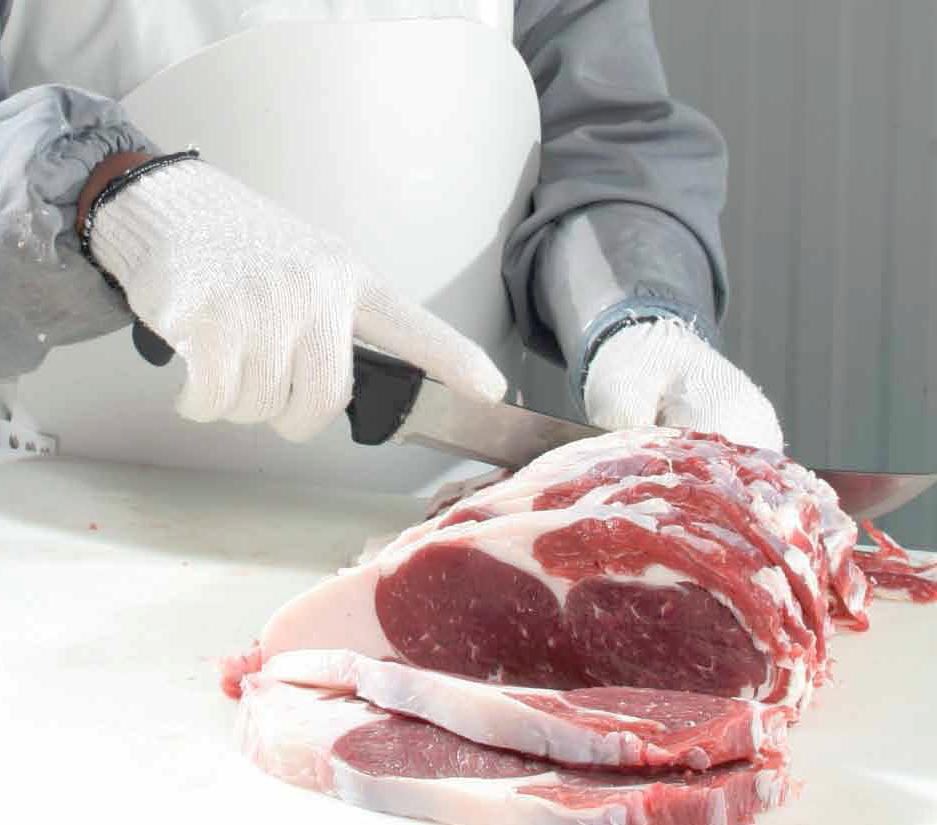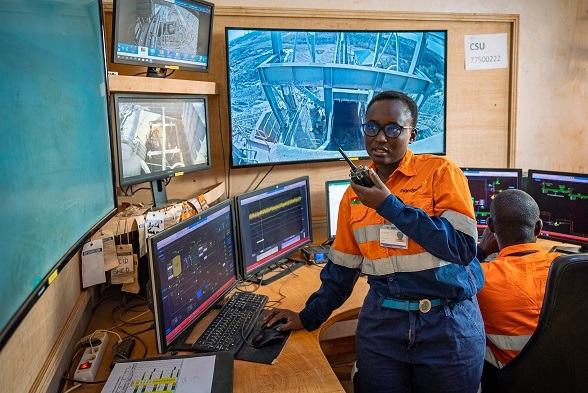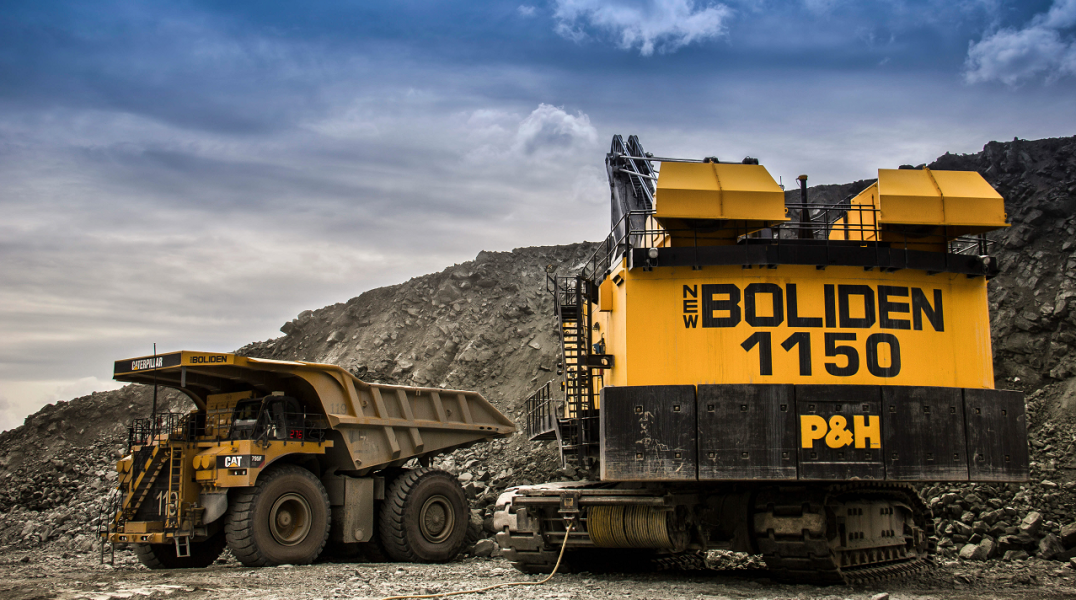
Andrew Pelis talks to a vice president of SuKarne about the importance of lean production techniques to Mexico’s largest beef-producer, and the export potential generated by the country’s enviable animal health record.
It seems that every week we learn of another food scare caused by disease or poor hygiene. When it comes to meat exports, Mexico appears to have a distinct advantage, given its excellent track record and the fact that it remains free from BSE (bovine spongiform encephalopathy, also known as “mad cow disease”) and foot-and-mouth disease.
“It’s true that other countries, such as in South America, have had export restrictions placed on them,” says Simon Stopol, vice president and general manager for exports at SuKarne, “and those restrictions have opened up a world of new opportunities for us.”
The company, headquartered in Culiacan, Sinaloa, is Mexico’s largest beef-producing company, commanding 19 percent of the market share. Now part of Grupo Viz, it was founded in 1969 in the same area on the west coast of Mexico as a small operation, and Stopol says its seminal moment came in 1983. “That was when the company produced its first production unit, integrating all processes on the same site.”
Each production unit is self-contained, comprising areas dedicated to feedlots, the feed plant, the slaughterhouse, and the packaging and distribution operations. It’s a strategy that Stopol says gives SuKarne a significant advantage. “We operate a different model from elsewhere in the world. By operating fully integrated production units, SuKarne is able to implement tight controls in its feeding and packaging operations that result in a final product that meets very high quality and food safety standards.”
The demand for SuKarne beef in Mexico has expanded greatly in recent years. But since Mexico has a meat deficit in regard to demand, SuKarne imports beef, pork and chicken and sells these products—as well as the company’s own beef—directly to retailers such as Wal-Mart and HEB, or through the company’s own distribution network, which includes 386 points of sales.
However, 17 percent of SuKarne’s product now goes overseas, and with more than 280 loads (trucks or containers) being imported or exported each week, the company has built important trade links with transport companies.
International business has brought in significant revenue from various cuts of meat, as Stopol explains. “We currently export to the US, Japan, South Korea, and recently Russia. The US currently constitutes around two-thirds of our export market, with Japan making up most of the remainder. Export is becoming a growing market for us; last year we sold $156 million of export product, and this year we’re aiming for $225 million.
“The cuts vary from country to country,” Stopol continues. “Our strategy is very much to maximize our pricing and income.”
Stopol says it was the introduction of NAFTA (the North American Free Trade Agreement) in the early ‘90s that opened the market up for SuKarne to import and export meat. “We made a pivotal decision to embrace free trade and quickly became one of Mexico’s largest marketers of imported meats. We started to export to the US in 1996, and the fact that Mexico had no BSE or foot-and-mouth was a reason for our success.
“The move to Japan came in 2004,” Stopol continues, “and one of the key factors in this was the economic partnership agreement between the two countries, which made for faster trade. Our interest was exporting agricultural products to Japan on a quota basis.”
Another important factor was the Japanese preference for grain-fed beef—a demand mostly fulfilled by the US until restrictions were imposed in December 2003, following the outbreak of BSE. This, of course, created a gap in the market that SuKarne was quickly able to fill. “In Japan there was also the demand for ready-to-use meat where there are thousands of small restaurants, and our flexibility enables us to deliver an important value-added service,” says Stopol.
Today the company operates four production units across Mexico and employs approximately 5,200 workers. Stopol says that labor productivity is high in Mexico and that staff turnover is minimal, resulting in workers building up a variety of skills, including cutting and trimming, over a number of years.
While manual skills are always going to be needed to meet the demands of the export market, Stopol says that automation and technology also have their places at SuKarne. Through automation, for example, he says that the company has been able to further improve food safety and production efficiency. “Because we export to the US and Japan, we are subject to their food safety rules and are audited by their food safety inspectors. We adhere to HACCP standards and constantly test instruments, conveyors and the product itself for bacteria on site, so we can identify any problems immediately. This is another benefit of consolidating everything on one site.”
The next stage of efficiency is now under way, with two individuals brought over from Japan earlier this year with extensive knowledge of lean techniques. Already Stopol has seen the introduction of controls and an improvement in quality thanks to the introduction of 5S and root-cause analysis. “The biggest challenge is going to be changing the culture, but we have already made significant strides in that direction,” he comments. “We have to be lean because the nature of the industry dictates that at times margins can be volatile and slim. What lean is helping us do is put processes into a systematic framework.”
Above and beyond the niche service offerings, Stopol says that these are exciting times for SuKarne. “The year 2008 was difficult for most meat producers, but we are now seeing a growing demand in our current export markets and are aggressively penetrating markets such as South Korea, Russia, Vietnam and Hong Kong. We also see tremendous potential in China, where the per-capita demand for animal protein is growing very rapidly.
“We also expect to soon address the issue of full traceability of cattle,” Stopol continues, “which will permit us to trade with the European Union. At the moment we register each animal when it has arrived at our procurement centers or feedlots, and we then have a record of its history and health. This high level of integration gives us control over the product and is a big asset.
“Last year we processed more than 610,000 head of cattle,” Stopol adds, “and in 2010 that will increase to 730,000. We’ve grown by 26 percent over the past 11 years. Our current automation, lean initiatives, access to grain and lower labor costs will help us remain competitive as demand increases.” http://www.sukarneglobal.com/













